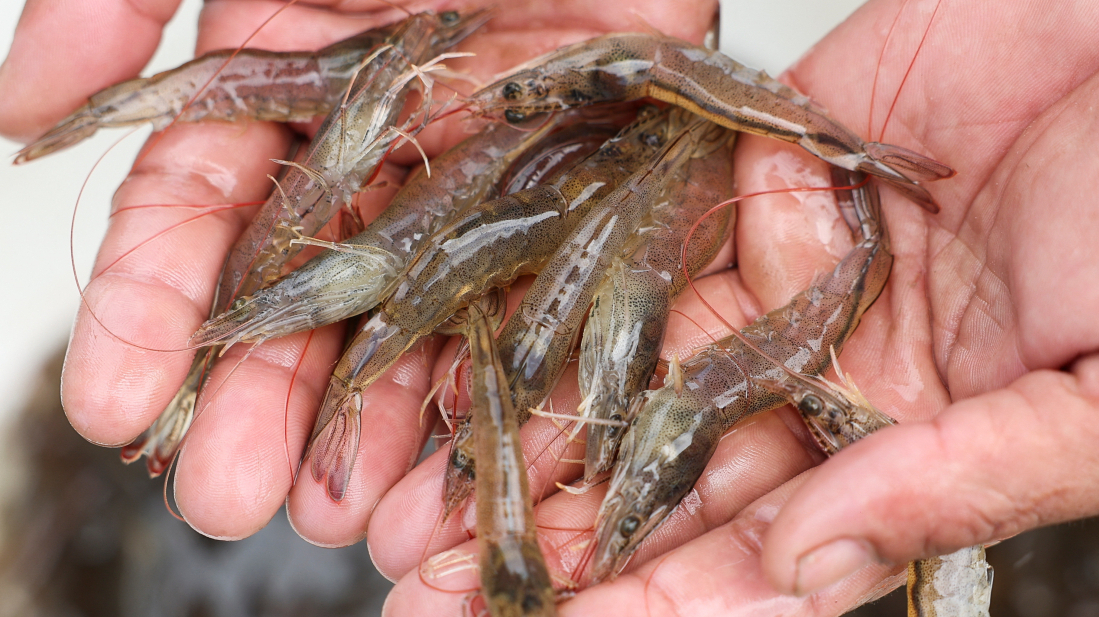Venezuela frees dozens held after post-election protests
Venezuela’s government has released 88 more people detained after protests following last year’s presidential election, the second mass release in...

Indonesia is redirecting shrimp exports to China after new U.S. tariffs of 19% froze orders from its top buyer, risking a 30% drop in sales and one million jobs. The $1.7 billion industry faces steep losses as exporters scramble to find alternative markets.
The United States previously accounted for 60% of Indonesia’s shrimp exports, but the sudden tariff hike in July forced importers to pause shipments. Farmers say new orders have stalled, expansion plans have been shelved, and confidence in the U.S. market has collapsed.
China, the world’s largest shrimp importer, had sourced only 2% of its supply from Indonesia before the tariff decision. Now, Indonesian trade officials are touring southern Chinese cities to meet buyers, restaurant chains, and seafood platforms.
“Imagine if we could take just 20% of China’s import market,” said Andi Tamsil of the Indonesian shrimp farmers’ association, referencing China’s annual imports of one million tonnes. “That would be a massive boost for us.”
Indonesia is also exploring growth in other regions, including the Middle East, Taiwan, South Korea, and the European Union. A free trade agreement with Brussels is reportedly near completion, which industry leaders hope will open new long-term opportunities.
Still, the outlook remains cautious. “The new tariff puts us at a disadvantage compared to exporters like Ecuador, which faces a lower 15% rate,” said Budhi Wibowo, head of Indonesia’s seafood exporters’ association.
West Java shrimp farmer Denny Leonardo said his company was preparing to scale back investment.
“I am optimistic that my company could survive because there will still be supply and demand. But for growth, I am not that optimistic.”
Dozens of people are feared dead and around 100 others injured after an explosion tore through a crowded bar during New Year’s Eve celebrations at the Swiss ski resort of Crans-Montana, authorities said.
The Russian radio station known as 'Doomsday Radio' (or UVB-76) unexpectedly began playing ‘Swan Lake’, music from a ballet composition. The last time this was done was during the deaths of Soviet-era leaders and the 1991 coup.
As Russia’s war in Ukraine enters its fourth year, rising casualties, economic struggles, and mounting unrest expose cracks in society. Despite Kremlin propaganda, frustration is growing as more Russians question the government’s narrative, according to The Washington Post.
At least 47 people were killed and 112 injured after a fire broke out at a crowded bar in the Swiss ski resort town of Crans-Montana during New Year’s Eve celebrations, Italian Foreign Minister Antonio Tajani told Italian media on Thursday.
India has approved a major arms deal with Israel valued at approximately $8.7 billion, highlighting the deepening defence partnership between the two countries.
Venezuela’s government has released 88 more people detained after protests following last year’s presidential election, the second mass release in two weeks, as pressure mounts from the United States on President Nicolás Maduro.
France’s postal and banking services were disrupted on Thursday morning after a cyberattack temporarily rendered their websites and mobile applications largely inaccessible, French radio RFI reported.
India and Pakistan on Thursday exchanged lists of nuclear facilities as well as civilian prisoners, under long-standing bilateral agreements, according to official statements from both countries.
The U.S. on Thursday called on China to exercise restraint and engage in dialogue following Beijing’s military exercises near Taiwan.
At least 14 people were killed and 16–31 others injured when a bus carrying students from the University of Veterinary and Animal Sciences collided head-on with a passenger van near Quli Faqir, Jhang district, Punjab, on Wednesday.
You can download the AnewZ application from Play Store and the App Store.

What is your opinion on this topic?
Leave the first comment